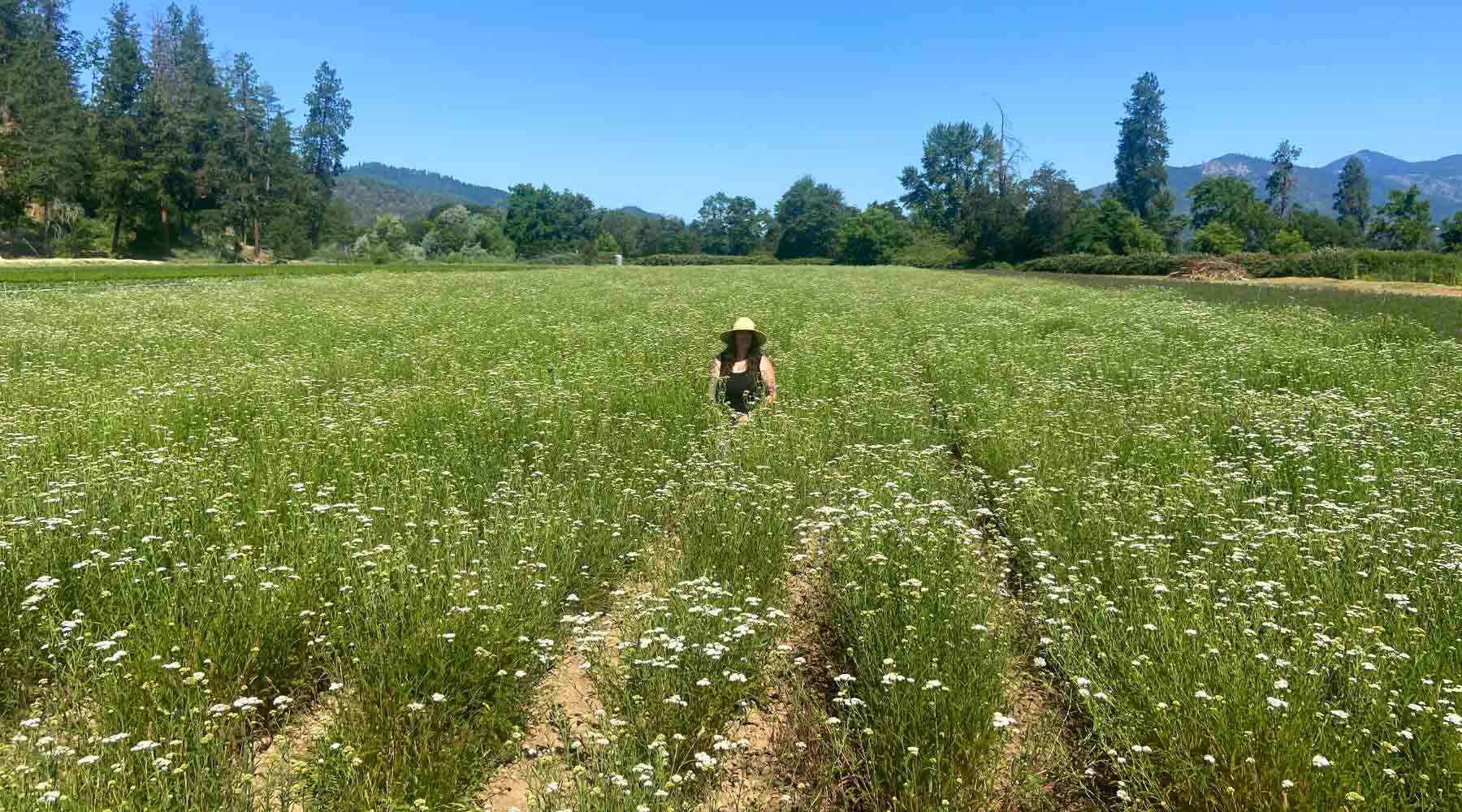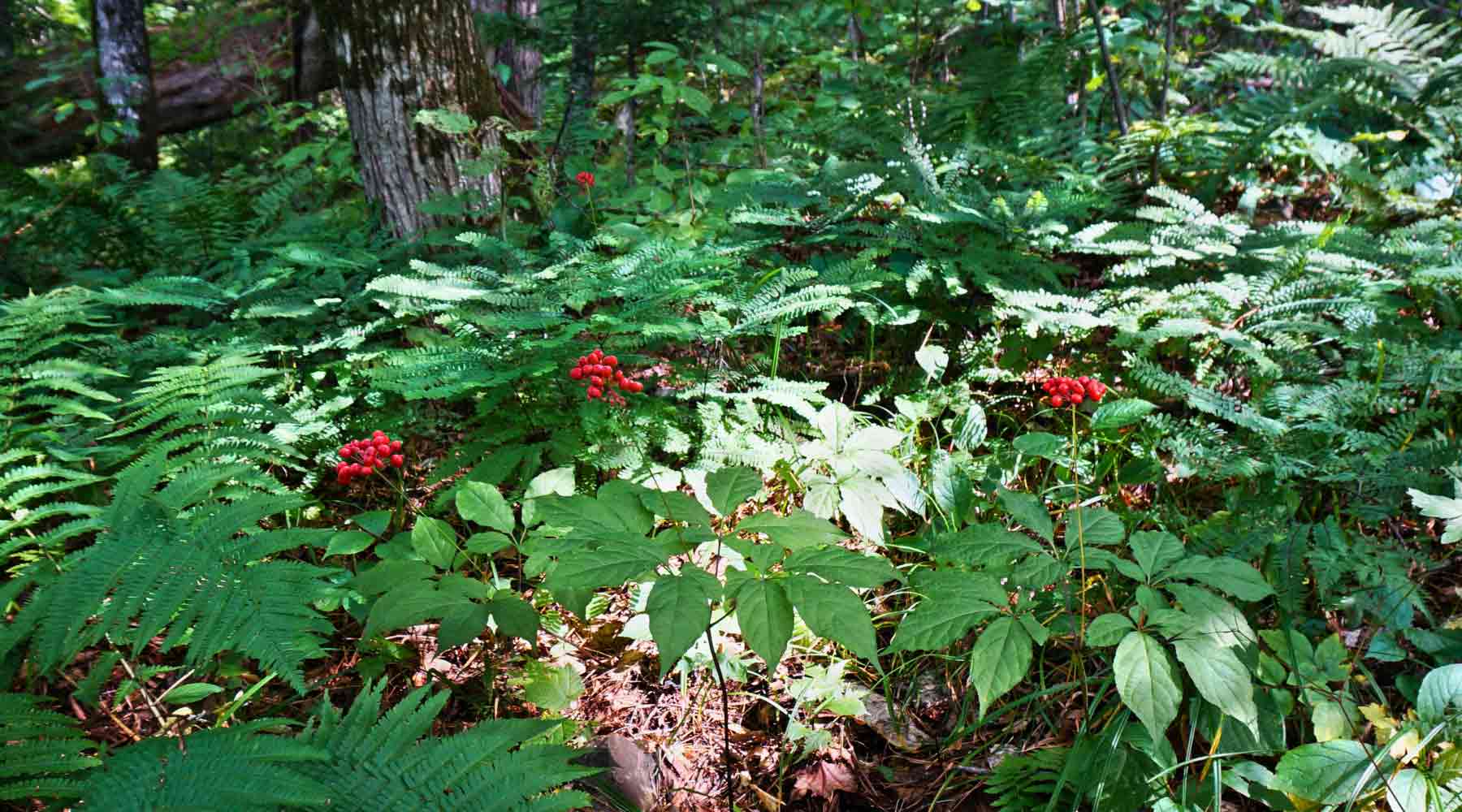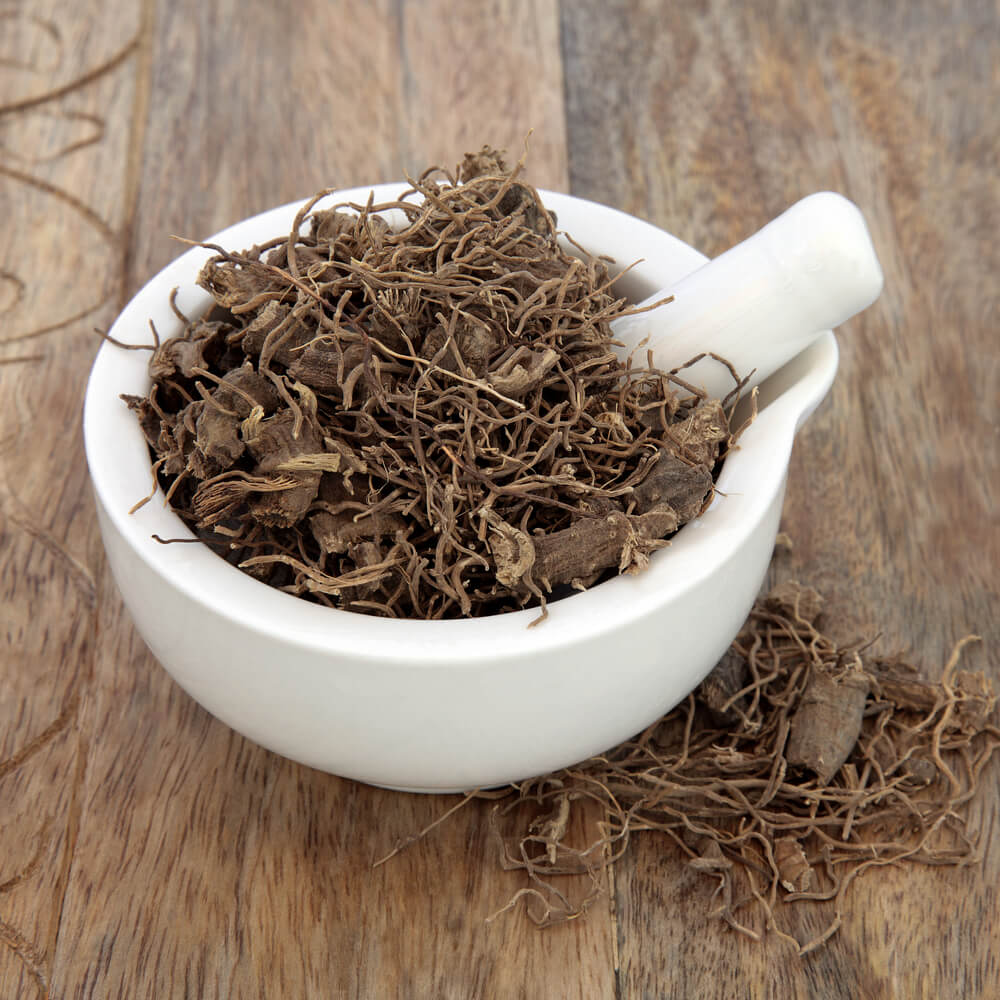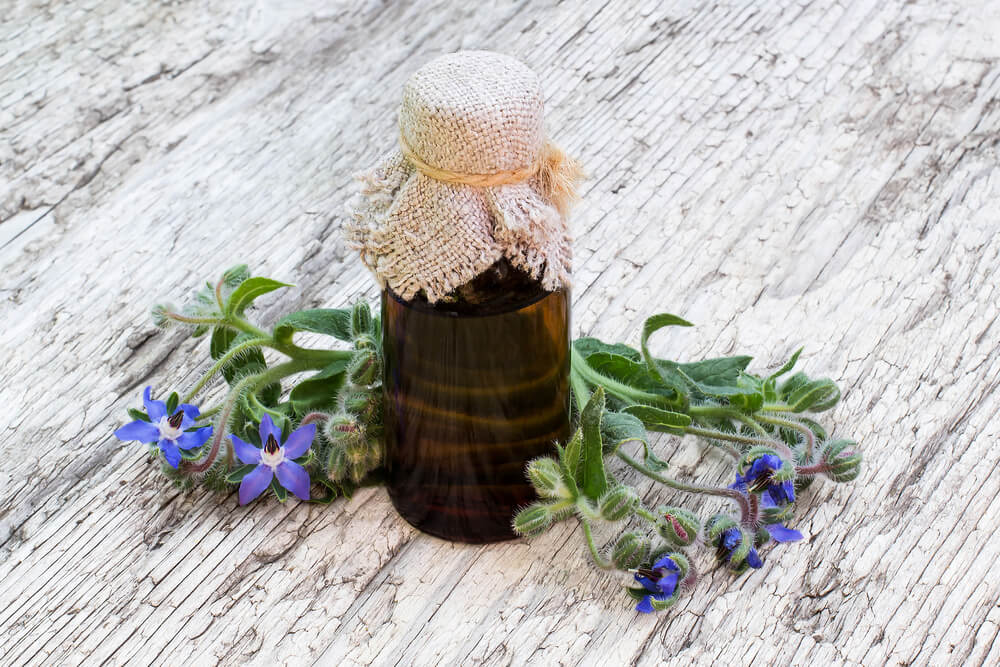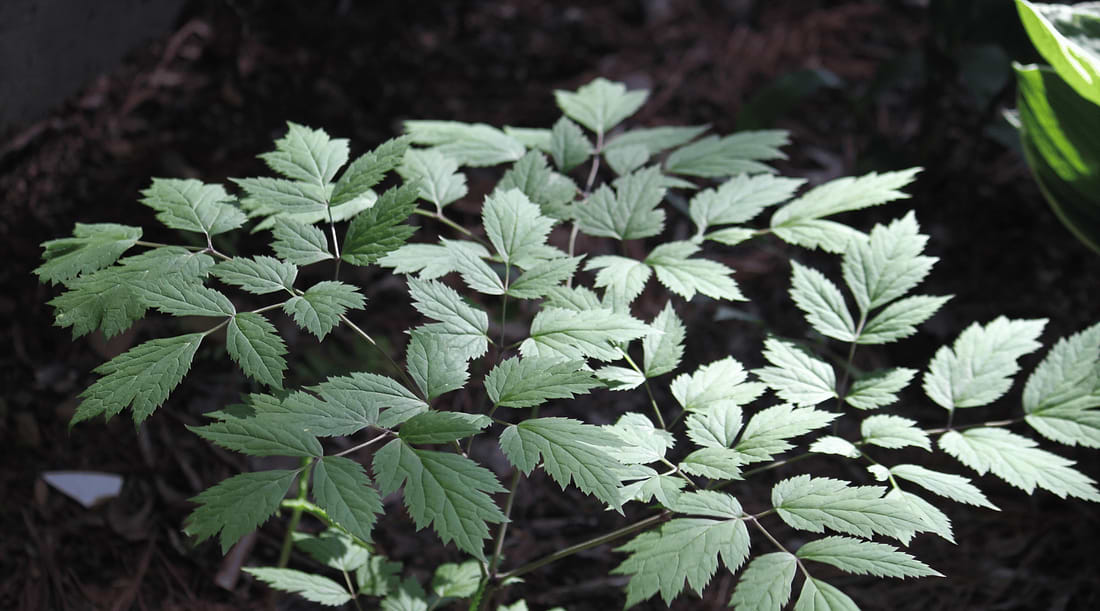
An Appalachian Gem: Black Cohosh
Written by Lauren Ann Nichols-Sheffler, CHShare
Black Cohosh, scientifically known as Actaea racemosa, plays an important ecological role in herbalism and for land stewards across the Appalachian Mountains. We treasure Black Cohosh's roots for their potent medicinal compounds in herbalism and their sacred traditional relationship with Native Americans. Come journey into all things Black Cohosh, an Appalachian forest gem!
Botany of Black Cohosh
Typically growing between 4 to 8 feet tall, Black Cohosh features compound leaves with sharply toothed leaflets that create distinctly lush foliage. Flowers bloom from June to September, producing white flowers rich in nectar that attract butterflies and bees. It thrives under tree canopies, where Forest Farming models with cooler temperatures along the Appalachian region can cultivate it easily. The roots are rhizomatous, contributing to the plant's growth when growing conditions include rich, moist, well-drained soil with slightly acidic to neutral pH levels. In other words, it prefers the natural, wild environment found amongst the old-growth forests.
Good Stewardship for Black Cohosh Collection
Good intentions and mindful collection of Black Cohosh roots will ensure the sustainable future of our plant friend. Since Black Cohosh is listed as an “At-Risk” species, we must consider carefully when sourcing and purchasing its precious roots. Collecting from large, healthy populations and leaving behind a significant number of mature plants will ensure ongoing seed production and population viability. Using root division methods, rather than collecting seeds or whole plants, allows the original plant to continue growing. If seed collection is necessary, it should be done during the appropriate season, which generally means after the seeds have matured and been dispersed, to avoid impacting the next generation.
The Cherokee people practiced sustainable harvesting long before modern conservation efforts. They understood the importance of leaving enough plants to ensure continued growth and propagation, reflecting a deep respect for nature and its cycles.

Forest farmed Black Cohosh in Appalachia
Medicinal uses of Black Cohosh
Black Cohosh (Actaea racemosa), also known as Cimicifuga racemosa, is quite the celebrity in herbalism circles, especially for its knack in supporting healthy inflammatory responses. This makes it a go-to for managing the rollercoaster of menopausal cycles and the occasional aches and pains that life throws our way. The plant boasts a cocktail of triterpene glycosides such as actein and cimicifugoside, not to mention isoflavones. Then there are the phenolic acids—ferulic, isoferulic, and salicylic acids found in Black Cohosh roots—they are celebrated for their inflammatory-managing mojo, a staple in traditional herbal practices for whipping up tinctures aimed at a plethora of women's health issues. Let’s not overlook the fatty acids like oleic and palmitic, which stealthily modulate those occasional inflammatory flare-ups, making Black Cohosh a prime candidate in natural remedies dedicated to the deep recovery of muscle and skeletal health.
Safety First
While Black Cohosh has been strutting its stuff in traditional medicine and flirting with success in preliminary studies, the full scoop on its mechanisms and long-term effects remains a bit of a mystery. So, if you're thinking about inviting this herbal heavyweight into your wellness routine, it’s wise to have a chat with a healthcare provider first—just to make sure it’s a good match for your health lineup.
Citations and Studies
- Mohapatra S, Iqubal A, Ansari MJ, Jan B, Zahiruddin S, Mirza MA, Ahmad S, Iqbal Z. Benefits of Black Cohosh (Cimicifuga racemosa) for Women Health: An Up-Close and In-Depth Review. Pharmaceuticals (Basel). 2022 Feb 23;15(3):278. doi: 10.3390/ph15030278. PMID: 35337076; PMCID: PMC8953734.)
- Nikolić D, Lankin DC, Cisowska T, Chen SN, Pauli GF, van Breemen RB. Nitrogen-Containing Constituents of Black Cohosh: Chemistry, Structure Elucidation, and Biological Activities. Recent Adv Phytochem. 2015;45:31-75. doi: 10.1007/978-3-319-20397-3_2. PMID: 27795590; PMCID: PMC5084696.
Lauren Ann Nichols-Sheffler is a certified medical herbalist from the Colorado School of Clinical Herbalism. She advocates for bioregional herbalism, co-stewards the Denver Herb Club, teaches at CSCH, and hosts community events at her United Plant Savers Botanical Sanctuary. As Senior Sourcing & Purchasing Manager at WishGarden Herbs, Lauren brings her passion for sustainability and plant education into every aspect of her work.
For educational purposes only. This information has not been evaluated by the Food and Drug Administration. This information is not intended to diagnose, treat, cure, or prevent any disease, or sell any product.










